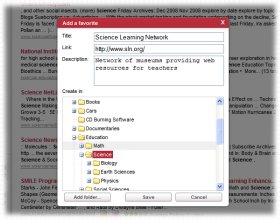|
Education
Web
Viewing 1-4 of 4 total results
Building a Topographic Model
features. BUILDING A TOPOGRAPHIC MODEL INTRODUCTION Topographic maps show the shapes and features of the Earth's surface. A contour line connects places on the map which have the same elevation. To demonstrate the different elevations shown on a two dimensional...
USGS: Earthquake Hazards - The Earth's Crust
The contour interval is 10 km; we also include the 45 km contour for greater detail on the continents. Introduction Global Crustal Database Global Crustal Model Regional Crustal Models Download Maps Share this page: Facebook Twitter Google Email Earthquakes Real-time...
Geotimes: Earth Scientists National Security
Christina Reed, Geotimes. Back in his office, Guth demonstrates this technology with a map of Hanging Rock Canyon, Calif. The contours of the canyon’s terrain are highlighted as slopes in gray and black. “It starts with digital elevation data,” he explains. “This da...
evidence is required to evaluate hypotheses and explanations; c) comparing different scientific explanations for a set of observations about the Earth; d) explaining that observation and logic are essential for reaching a conclusion; and e) evaluating evidence for scientific the...
1
0
evidence is required to evaluate hypotheses and explanations; c) comparing different scientific explanations for a set of observations about the Earth; d) explaining that observation and logic are essential for reaching a conclusion; and e) evaluating evidence for scientific theories. ES.3 The student will investigate and understand how to read and interpret maps, globes, models, charts, and imagery. Key concepts include a) maps (bathymetric, geologic, topographic, and weather) and star charts; b) imagery
31
0
http://www.doe.virginia.gov/VDOE/Superintendent/Sols/sciencesol.pdf#page=31
www.doe.virginia.gov/VDOE/Superintendent/Sols/sciencesol.pdf#page=31
evidence is required to evaluate hypotheses and explanations; c) comparing different scientific explanations <span class="highlight">for</span> a set of observations about the Earth; d) explaining that observation and logic are essential <span class="highlight">for</span> reaching a conclusion; and e) evaluating evidence <span class="highlight">for</span> scientific theories. ES.3 The student will investigate and understand how to read and interpret <span class="highlight">maps</span>, globes, models, charts, and imagery. Key concepts include a) <span class="highlight">maps</span> (bathymetric, geologic, <span class="highlight">topographic</span>, and weather) and star charts; b) imagery
|
